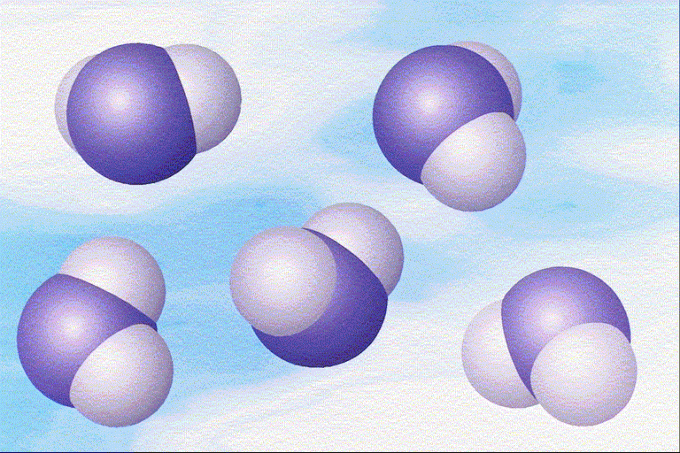You will need
- For calculations grab a pen, a calculator and a periodic table.
Instruction
1
Unit of molecular mass is 1/12 the mass of an atom of carbon, which is conventionally taken as 12. Molecular weight is numerically equal to the sum of the relative atomic mass of all atoms included in the molecule, and it is very easy to calculate.
2
According to Avogadro's law equal volumes of gases at constant pressure and temperature will contain equal numbers of molecules. Of it was later derived the equation Mendeleev-clayperon. Now you'll need to use it, but it is only valid for gases! Substitute in the formula the known pressure and temperature, the result is molecular mass of gas:M=(m∙R∙T)/(P∙V),where M is the desired molecular weight, m – mass of the substance, R is the universal gas constant (accept for 8,31 j/mol*K), T is the temperature in Kelvins, P is pressure in Pascals, V is the volume in cubic meters.
As you can see, this method requires a lot of data, but the error of such calculations is minimal.
As you can see, this method requires a lot of data, but the error of such calculations is minimal.
3
The following method is much easier. If you only know the mass m of the substance and its chemical number ν, we substitute these numbers into the formula:M=m/ν,
where m is the mass of the substance (usually in grams), and ν is the amount of substance in moles.
where m is the mass of the substance (usually in grams), and ν is the amount of substance in moles.
4
And there is the easiest option if you know the chemical formula of the substance. Take the periodic table, a view of the molecular weight of each element of the composition. For example, hydrogen, it is equal to 1, oxygen – 16. And to find the molecular mass of all matter (take for example water, which consists of two hydrogen molecules and one oxygen molecule) simply add up the masses of all its constituent elements. For water: M(H2O) = 2M(H)+M(O) = 2•1+16 = 18. E. M.
Useful advice
As you can see, to find the molecular weight can be very simple. The main thing is not to be confused with the molar mass of substances – they are numerically equal but have different units of measurement and physical meaning.

